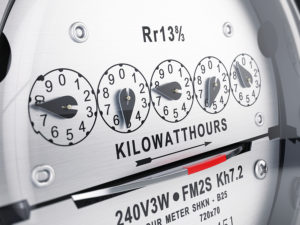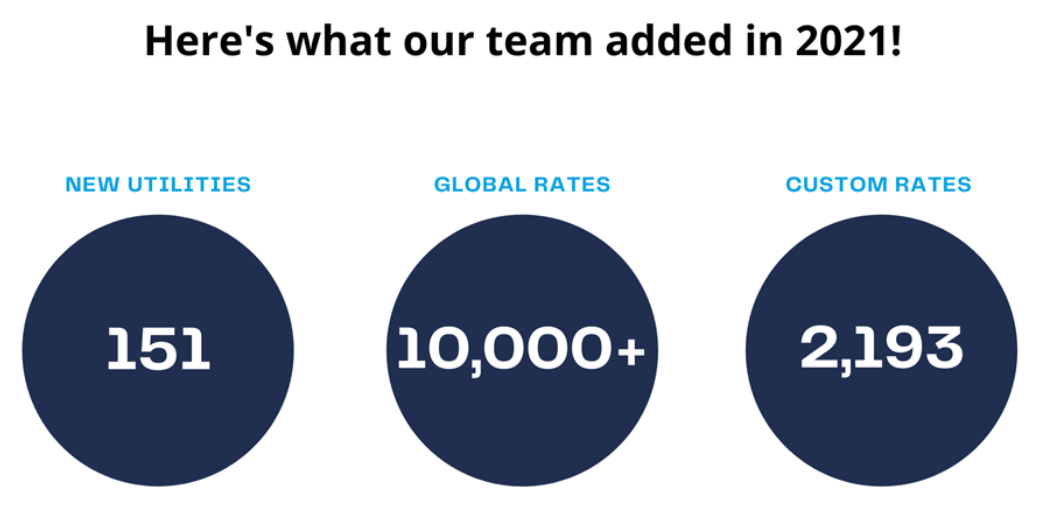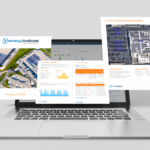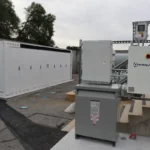January 2022 Utility Rates Newsletter
IMPORTANT MONTHLY UPDATES & ANNOUNCEMENTS
California IOUs Increase Charges
The new year brought with it extensive updates to California’s three main investor-owned utilities (IOUs), Pacific Gas & Electric (PG&E), Southern California Edison (SCE), and San Diego Gas & Electric (SDG&E). Our team has worked diligently this month to update the rates under these utilities in our ETB Developer platform. Below are the most pertinent changes our team found within each utility’s January update.
PG&E’s annual electric true-up for 2022 anticipates an additional $1.29 billion in revenue with an overall average rate increase of 7.5%. As a result, the total energy (kWh) charge for PG&E’s Residential rates increased by 7.8%. For Commercial, customers under Small General Service rate B-1 experienced a similar uptick to Residential, while Medium and Large General Service rates B-19 and B-20 increased by roughly 3.5%. Lastly, customers serviced under Agricultural rates will see on average a 5%-7% rise in charges.
SDG&E’s Residential rates underwent a drastic increase, ranging anywhere from 15%-20%. Commercial bills rose by 13-14%, including an extra $2 to $3 added to the noncoincident demand (kW) charge total. Agricultural customers will see the greatest increases with a 15-18% bump in energy charges and a nearly $3 rise in the Summer On-Peak kW charge.
SCE implemented fewer impactful updates to its rates compared to PG&E and SDG&E. SCE’s increased revenue requirement of $474 million means that their rates should escalate by an overall average of 2.9%. For Residential customers, this results in a 2.77% higher bill total. For Commercial, a customer on small General Service rate GS-1-TOU can expect to pay roughly 3.25% more. General Service Electric Vehicle rates TOU-EV-7 through TOU-EV-9 increased by 2%, with the remaining Commercial rates barely changing at all. Lastly, Agricultural customers will see a small increase of about 1% to their rates.
Along with the three large IOUs, our team updated several Community Choice Aggregation (CCA) utilities that often update alongside their associated IOU. As always, users can reach out to our team at utilityraterequest@energytoolbase.com to have rates added or specific rate combinations updated, we’re always happy to help!
Con Edison (NY) Implements Annual Base Rate Update
Con Edison of New York has implemented their annual base rate update. The New York State Public Commission approved a three-year electric rate plan for Con Edison that is designed to increase delivery revenues annually, beginning January 1 of each year (2020-2022). Con Edison submitted this three-year proposal for a higher rate increase due to the burden of raised company costs, including “significant increases in the property tax burden”. That alone counted for more than 40% of the boosted costs over this three-year period. Con Edison says that the added revenue from this rise will allow the company to invest in electric infrastructure as well as fund energy-efficient programs.
The structure of these yearly increases enables the changes to be implemented very gradually. Beginning with January 2022 billing, commercial customers will notice bill increases between 3.3-4.2% and residential customers just under 4%. The chart below provides an example that compares the annual difference in bill totals from rates effective January 2021 to January 2022:
Please note that Con Edison changes their rates monthly, users may notice a difference when comparing billing due to the fluctuation of certain adjustments. The new Jan 2022 rates are now readily available within our ETB Developer rates database. If you have any questions about this update, please do not hesitate to contact us at utilityraterequest@energytoolbase.com.
Ameren – Illinois Increase Delivery Charges
Ameren, an investor-owned utility (IOU) operating in both Illinois and Missouri, implemented a Base Delivery Rate increase effective January 1st, 2022. Ameren’s rate plan allows for updates to its base rates to take place annually every January, based on the Modernization Action Plan Pricing Rate formula (MAP-P). This mechanism allows the utility to use Base Rates to recover the costs of system upgrades. The Illinois Commerce Commission (ICC) unanimously approved the increase on a 4-1 vote at $57,609,000, which is $6,483,000 lower than the original request made by the utility. Ameren states these increases in revenue will go towards continued grid modernization and infrastructure improvements to prepare the grid for increases in clean energy adoption. One of the major factors contributing to a hefty request in revenue is to meet the capital revenue requirements needed to build two large solar energy plants this year.
The rate hike will impact all customers across the board, but the most notable increases will affect consumers billed under commercial rates DS-2, DS-3, and DS-4. Small General Service customers under DS-2 (Secondary Voltage) will be subject to an increase of 13% to have their energy delivered this year. Medium and Large General Service customers billed under Secondary Voltage, Primary Supply Demand rates DS-3 and DS-4 will also see an increase of around 12% to 13% to their Delivery Demand charges.
Residential customers on DS-1 will incur a greater increase in fixed charges and will also be subject to a 5% increase in their overall Delivery bill as well. The EDT Cost Recovery, an energy (kWh) charge that allows the utility to recover the cost of an Electric Distribution Tax imposed under the Public Utilities Revenue Act, had around a 6.5% jump for all customers in the Ameren – IL service territory.
Currently within our ETB Developer platform, all Ameren rates are created on a custom basis due to deregulation and various customer specific charges, including some that vary by location. Users interested in modeling the January increases imposed by the IOU can simply send the most recent 12 months’ worth of utility bills, per project, to our team at utilityraterequest@energytoolbase.com and we’ll be happy to assist!
January 2022 Frequently Asked Question (FAQ):
How do I conduct a rate switch within the ETB Developer platform?
Did You Know?
Energy Toolbase’s in-house Utility Rates Team has been continuously taking measures to prevent the spread of COVID-19. When employees were introduced back into our offices, our company implemented spaced-out workstations, plastic dividers, symptom screening, and flexible remote-work scheduling to ensure the safety and comfort of all employees. With this approach, ETB staff has experienced much fewer absences due to sickness translating to happy healthy employees. Our team is grateful to have the opportunity to be safely back in-office, doing what we love!
In the Newsroom:








